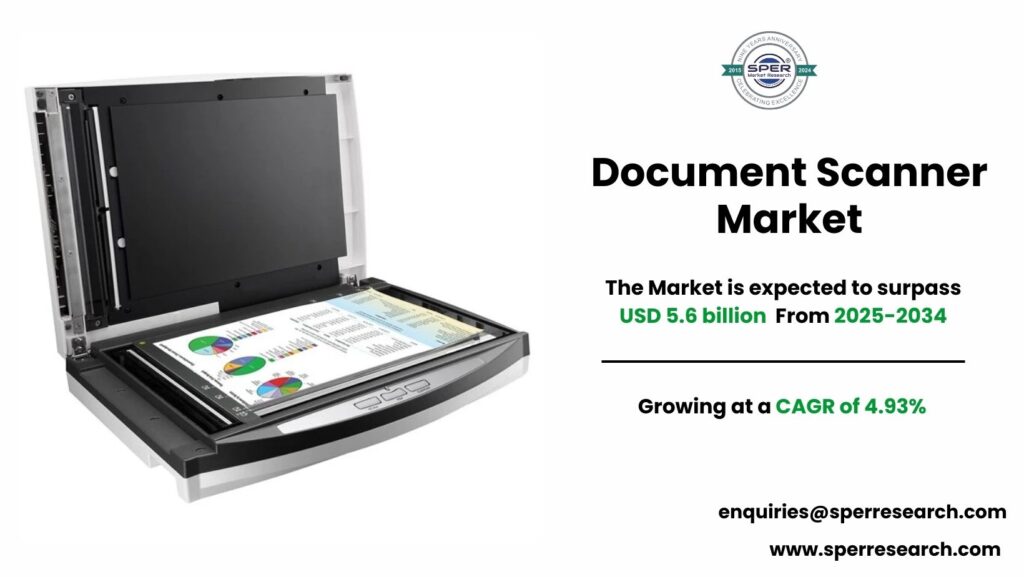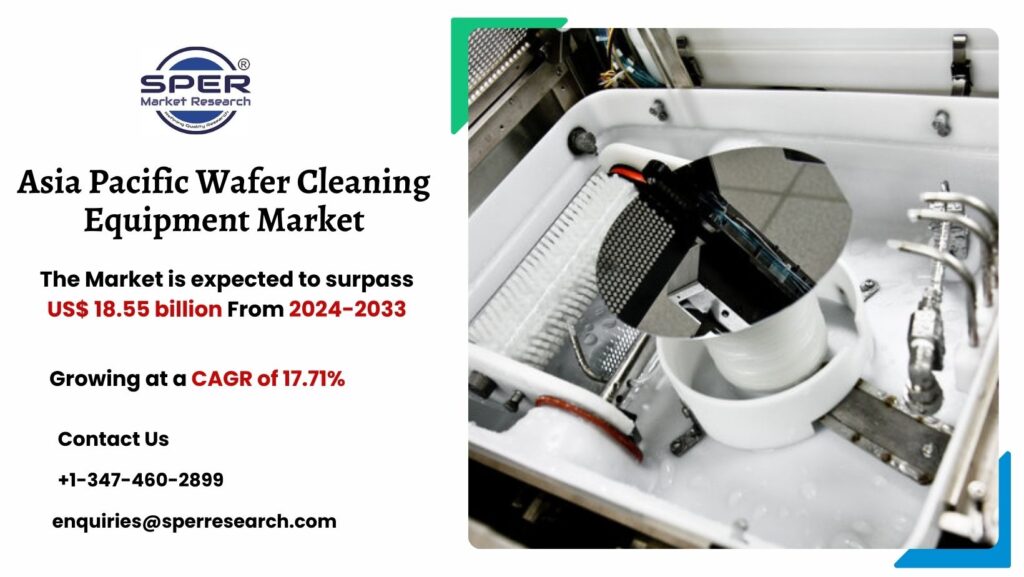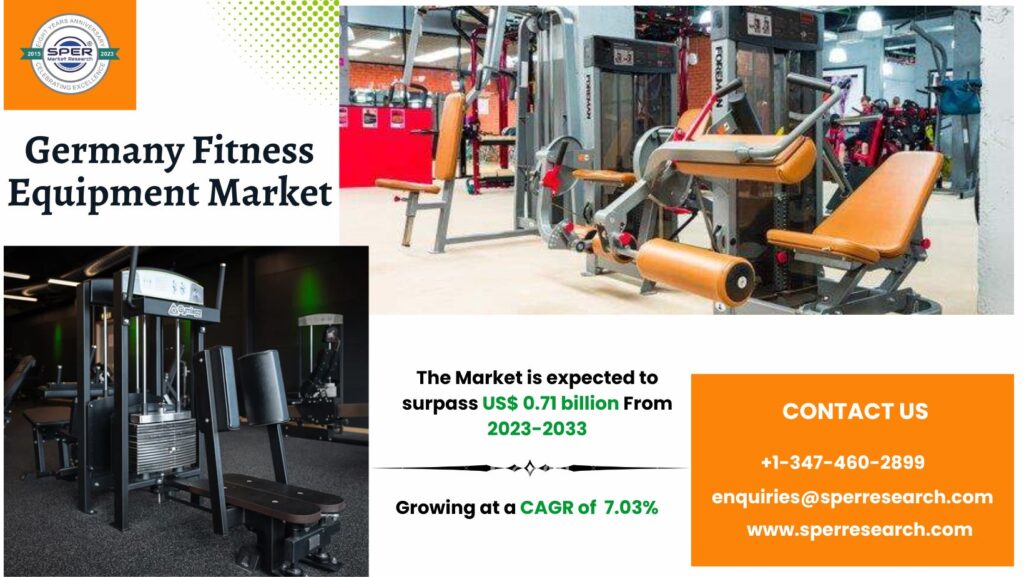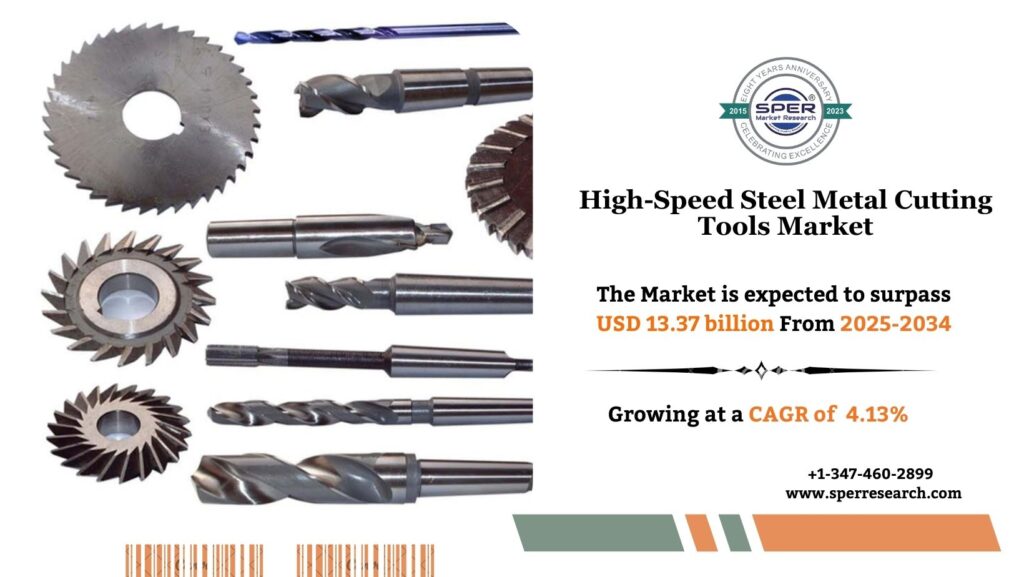Document scanners are devices that transform printed documents and texts into digital formats. They minimize the time and effort needed to convert data from physical documents to digital storage solutions, such as cloud services. Numerous organizations employ these scanners to digitize essential documents, thereby reducing expenses and enhancing productivity. These devices enable users to save and access documents online, leading to decreased storage costs and improved work efficiency. The application of document scanners across diverse sectors is anticipated to further stimulate market growth.
According to SPER market research, ‘Global Document Scanner Market Size- By Type of Scanner, By Capacity, By Connectivity, By Application – Regional Outlook, Competitive Strategies and Segment Forecast to 2034’ state that the Global Document Scanner Market is predicted to reach 5.6 billion by 2034 with a CAGR of 4.93%.
Drivers:
The Document Scanner Market is anticipated to experience significant growth, fueled by the escalating demand for digital document management and the growing adoption of remote and hybrid work models. As digitalization progresses, organizations are seeking effective solutions to improve their document processing and storage. The need for efficient document management systems to increase productivity, improve collaboration, and reduce operational costs drives the adoption of document scanners.
Document Scanner Market Sample in PDF Format, Click Here
Restraints:
Document scanners have become indispensable instruments for organizations aiming to digitize their processes, minimize paper consumption, and improve efficiency. Nonetheless, this shift incurs extra costs. Cloud-based storage can provide digital document backup, yet it demands continuous investment for both software and hardware upgrades. Unforeseen hardware malfunctions and power disruptions present considerable threats within a paperless environment, leading to expensive repair or replacement needs. Additionally, maintaining data security through user authentication and digital signatures contributes to the operational costs. Techniques for information extraction and data compression are essential for enhancing digital document management, but they rely on harmonious software and compatible input formats.
The document scanner market was dominated by the Asia Pacific region, which held a sizable market share in 2024 and is expected to increase significantly between 2025 and 2034. The region’s growing economy, particularly in countries such as China, India, Japan, and South Korea, has increased the demand for document scanners across various sectors, including healthcare, banking and finance, government, education, and manufacturing. As companies across different industries strive to enhance operational efficiency, compliance, and data security, the need for reliable document scanning solutions continues to rise. Some of the key market players are Ambir Technology, Inc, Avision Inc, Brother Industries, Ltd, Canon Inc, Contex Holding A/S, and others.
For More Information, refer to below link: –
Document Scanner Market Growth
Related Reports:
Follow Us –
LinkedIn | Instagram | Facebook | Twitter
Contact Us:
Sara Lopes, Business Consultant — USA
SPER Market Research
enquiries@sperresearch.com
+1–347–460–2899









